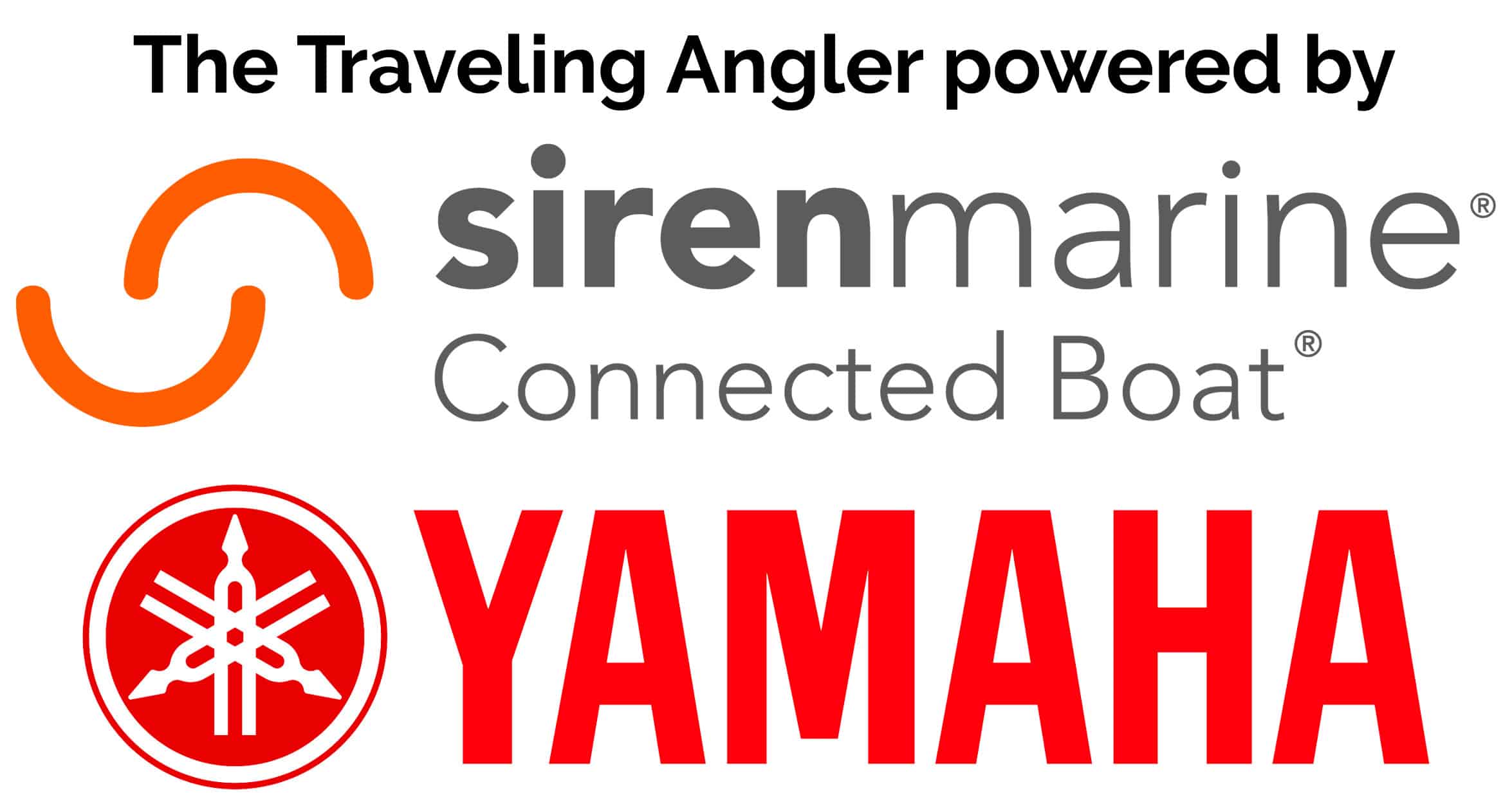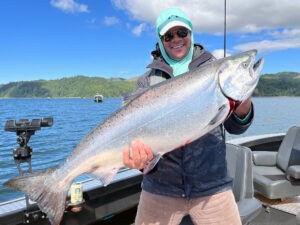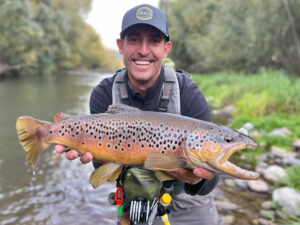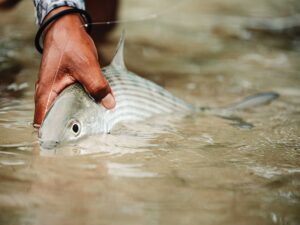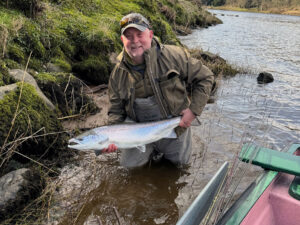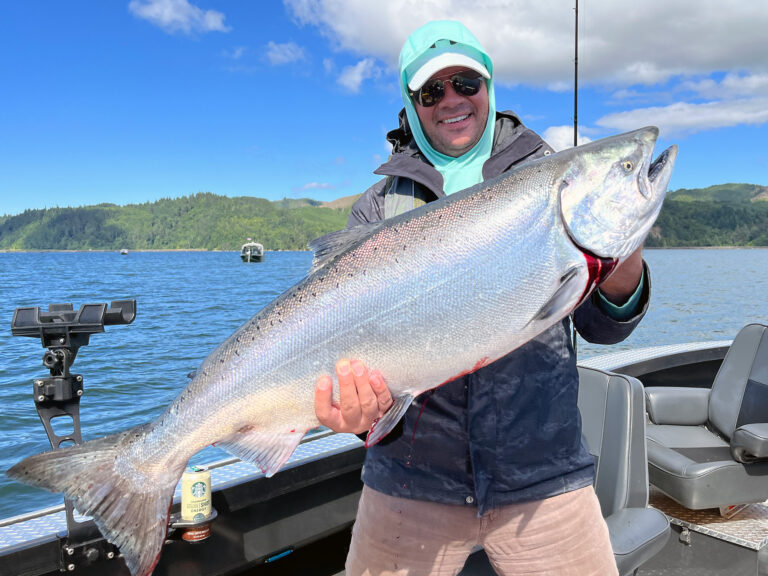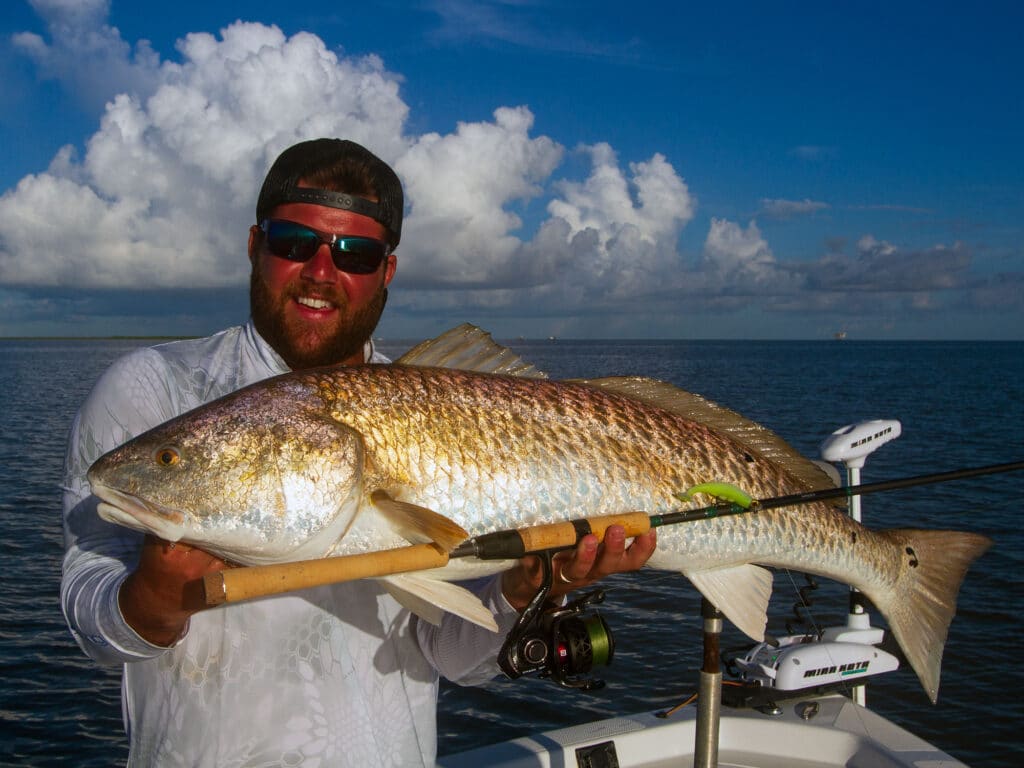
Gorgeous sugar-sand beaches, swaying palm trees, turquoise waters, and upscale resorts are often associated with fishing paradises — but you’ll find none of that in Venice, Louisiana. Rather, you’ll find a few homes on stilts in an unincorporated community (population 162 per 2020 census) and a dirty skyline dominated by the oil and petrochemical industries’ refineries, plants, storage tanks, oil derricks, chimneys and tall flare stacks, spouting burn-off flames like enormous torches. It’s a backdrop few would call appealing.
Yet visitors travel to this industrial area at the southernmost end of the road in Plaquemines Parish, a two-hour drive south of New Orleans. Why? Must be a mighty big draw to get ‘em down there.
The answer, in a word, is fishing. For some game fish species, the fishing here ranks as some of the best in the world. In these productive waters, around and beyond the mouth of the Mississippi River, red and yellow rule. That is, red drum both inshore and nearshore; yellowfin tuna in blue water around deep oil platforms. There’s no shortage of guides to fish redfish and more from large, fast bay boats. Likewise, charter captains in big, multi-engine center console boats (huge catamarans are particularly popular) promise fast access out the river and to blue water where great numbers of oil rigs serve as FADs teeming with baitfish and predators — besides pelagic big-game fish, the list includes red snapper, grey snapper, cobia, tripletail, jacks (amber, almacos, crevalles), groupers and more.
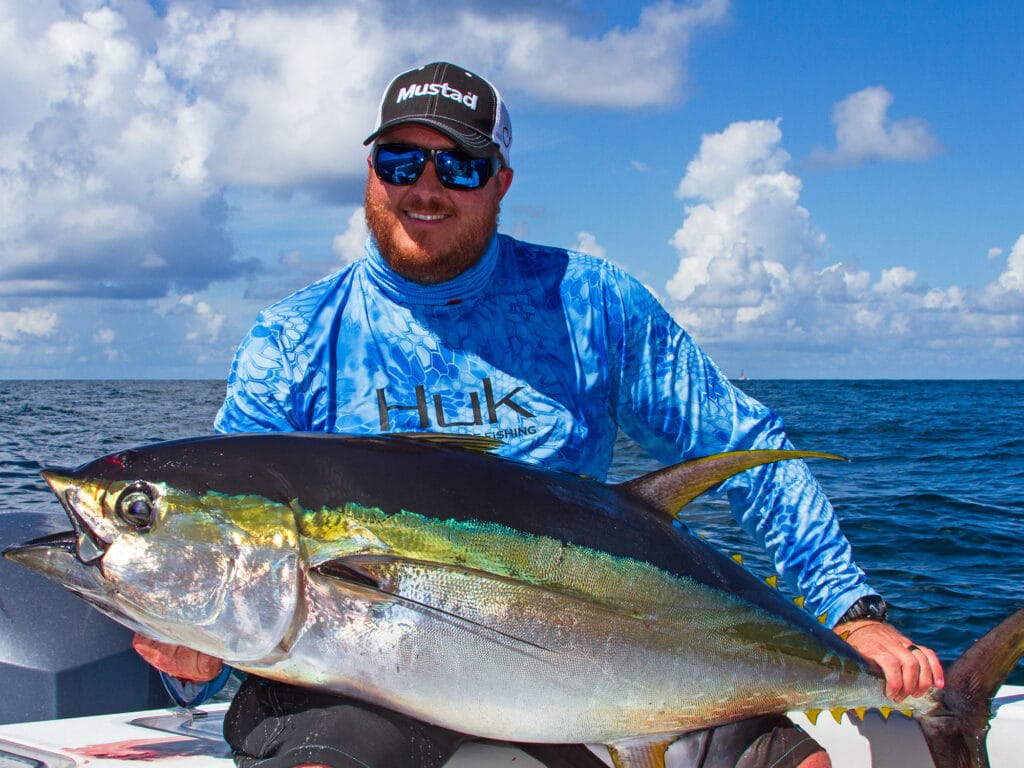
Venice, in essence, sticks out into the Gulf of Mexico. It’s surrounded by fishing grounds on all sides. For anglers that’s a good thing, except when it’s a bad thing: when hurricanes prowl the Gulf in late summer and fall. Since 1930, more than 30 named storms have hit southern Louisiana. Some major blows like Camille in 1969 and Katrina in 2005 left Venice devastated to the tune of $108 billion, with more than 1,500 dead. Yet Venice always comes back, as do fishermen who can’t stay away.
It’s worth noting that while Venice is uniquely situated in the Gulf, a number of small communities across southern Louisiana are home to outstanding inshore and offshore fisheries as well, such as Grand Isle, Lake Charles, Port Fourchon and many others.
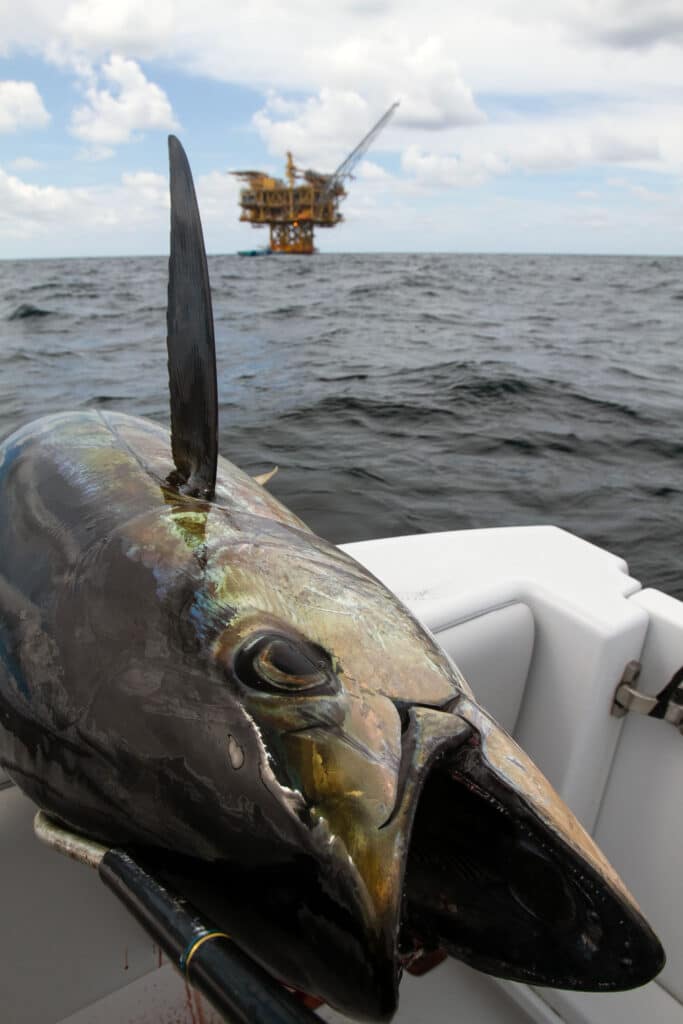
Planning a Trip
When to Go: Two certainties are that you can find good fishing any month of the year, and that winter is likely to be windy. Still, winter can be a good time to fish offshore when conditions permit, not only for really big tuna but large wahoo in numbers around the famed Midnight Lump (a salt dome rising to 200 feet, known as the Sackett Bank on NOAA charts). Summer offers a good shot at marlin, as well as yellowfin and blackfin tunas, plus mahi.
Redfish action can be great throughout the year. While summer months can be torrid, in the heat of summer, a good guide can get anglers back into clear “ponds” in backcountry shallows to sight-cast to laid-up reds. October is hard to beat for fishing in Venice. For one thing, normally in October the really big bull reds (30 to 40 pounds) move into inshore waters to join the smaller school fish. And offshore, skippers can fish the shrimp boats for big yellowfin and blackfin for non-stop action. Swordfish are caught here year-round, though spring through early summer is peak time.
Where to Go and How to Get There: As noted above, getting here is simple indeed. Whether in a rental car from New Orleans’ Louis Armstrong International Airport or driving down, you’ll take the only highway you can take — Louisiana 23 south through Belle Chasse (which is about a half hour in light traffic south of the airport) then another 65 miles (just over an hour) down to Venice.
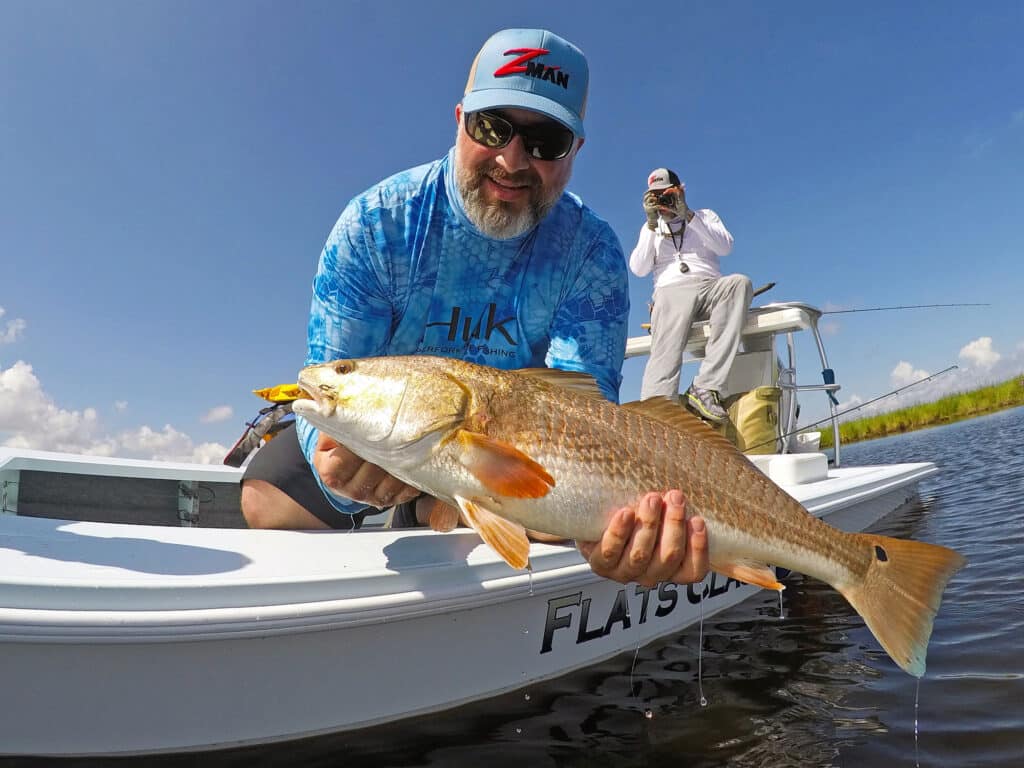
What to Expect: You’ll find many charter operations in Venice that fish blue water and also nearshore Delta areas, plus guide services fish “the marsh,” as inshore waters are widely known. As for accommodations, they’re rather limited. Many fishing operations either have their own accommodations (rooms, sometimes entire houseboats) or work with others who have houses locally, and set up their clients routinely as part of their packages. Many of the charter operators who provide housing also arrange meals. With any luck, you’ll enjoy such an arrangement and, often, that means really unforgettable Cajun cooking.
A dependable all-in-one option is Cypress Cove Marina & Lodge. Full marina and launch ramp are available, plus 45 hotel rooms and limited numbers of townhome rentals. A host of inshore and offshore captains run out of Cypress Cove, so there’s no problem finding a captain specializing in tripletail, redfish, speckled trout, swordfish or yellowfin tuna.
Out-of-state anglers will need a non-resident guide/charter fishing license; private boaters fishing offshore must have a free Recreational Offshore Landing Permit. Other than fishing in Venice there’s not a lot to do, though duck hunting in the fall is an option for some.
Helpful Links
- Visit Louisiana
- Explore Louisiana
- Louisiana’s Delta Country
- Cypress Cove Marina
- Venice Marina
- Journey South Outfitters – Husband-and-wife captains Eric and Moe Newman are topnotch for inshore or offshore, with boats to match, with a small lodge just out of town. Also, Eric worked as a New Orleans chef for years.
- Super Strike Charters – Capt. Damon McKnight has been taking anglers out of Venice for 20 years; his clients stay in houseboats or at Cypress Cove Lodge.
- Redfish Lodge – Capt. Mike Frenette has been known for fishing these inshore waters for decades. The small lodge he runs with wife Lori, sits right in the Venice waterfront near the marina.

